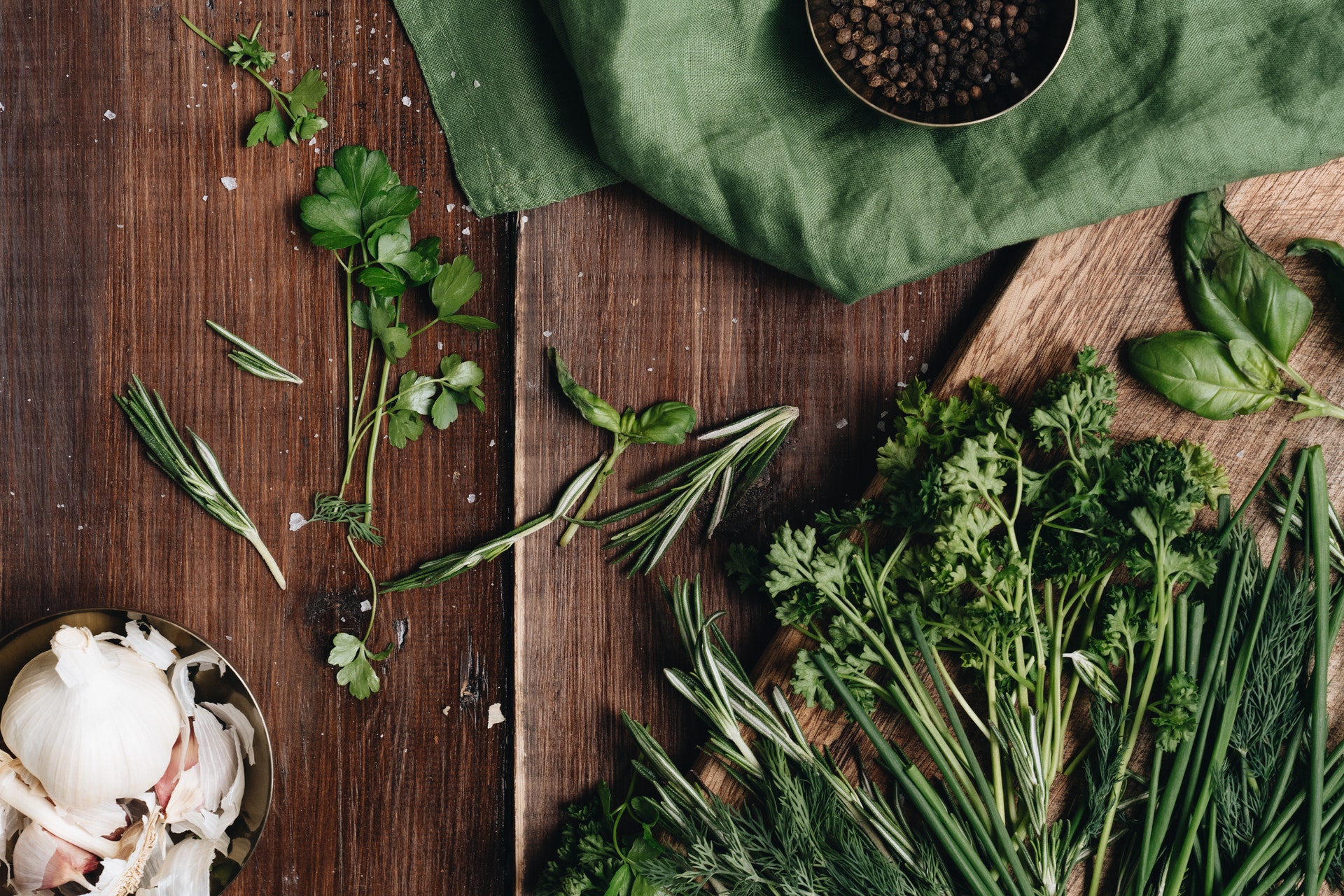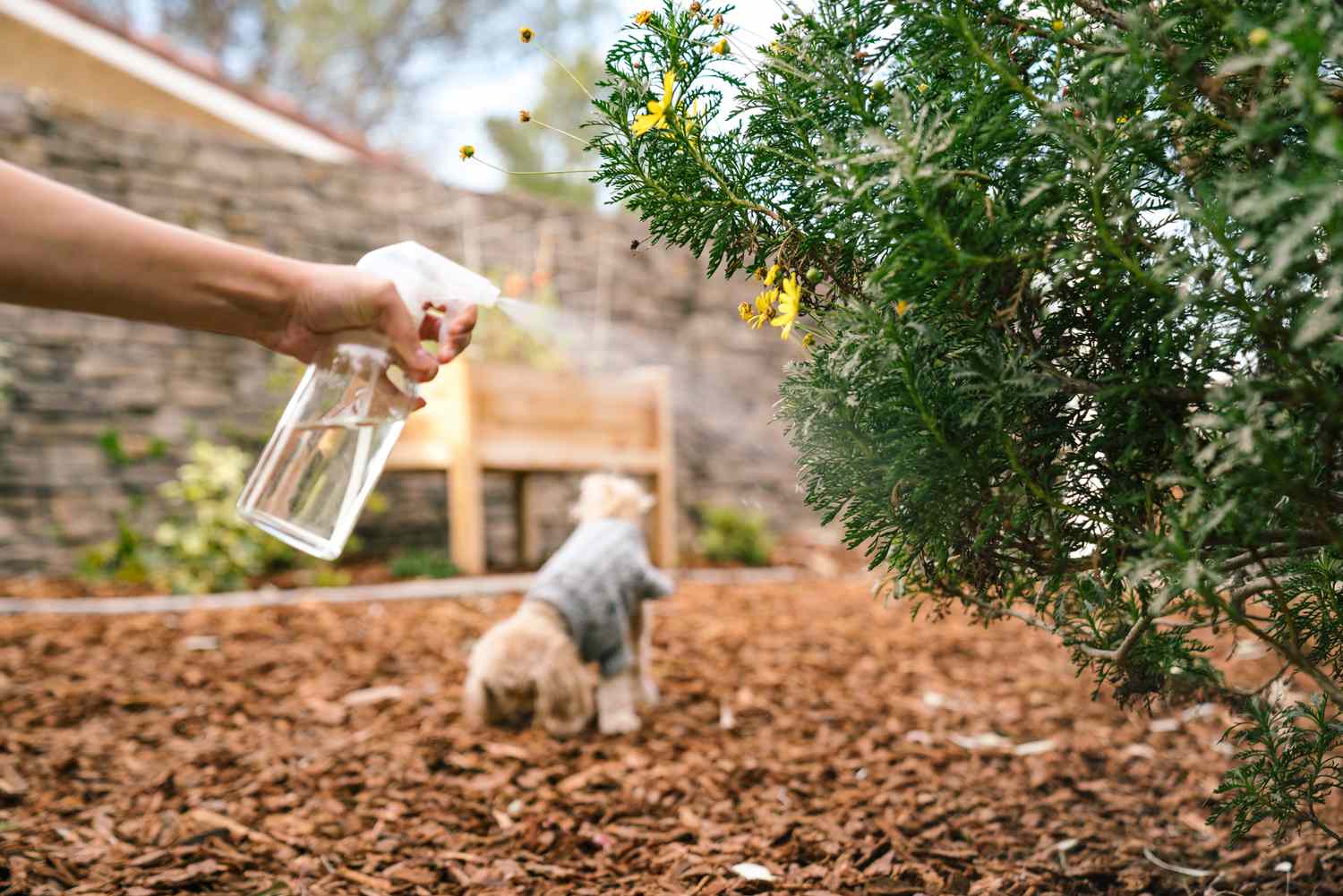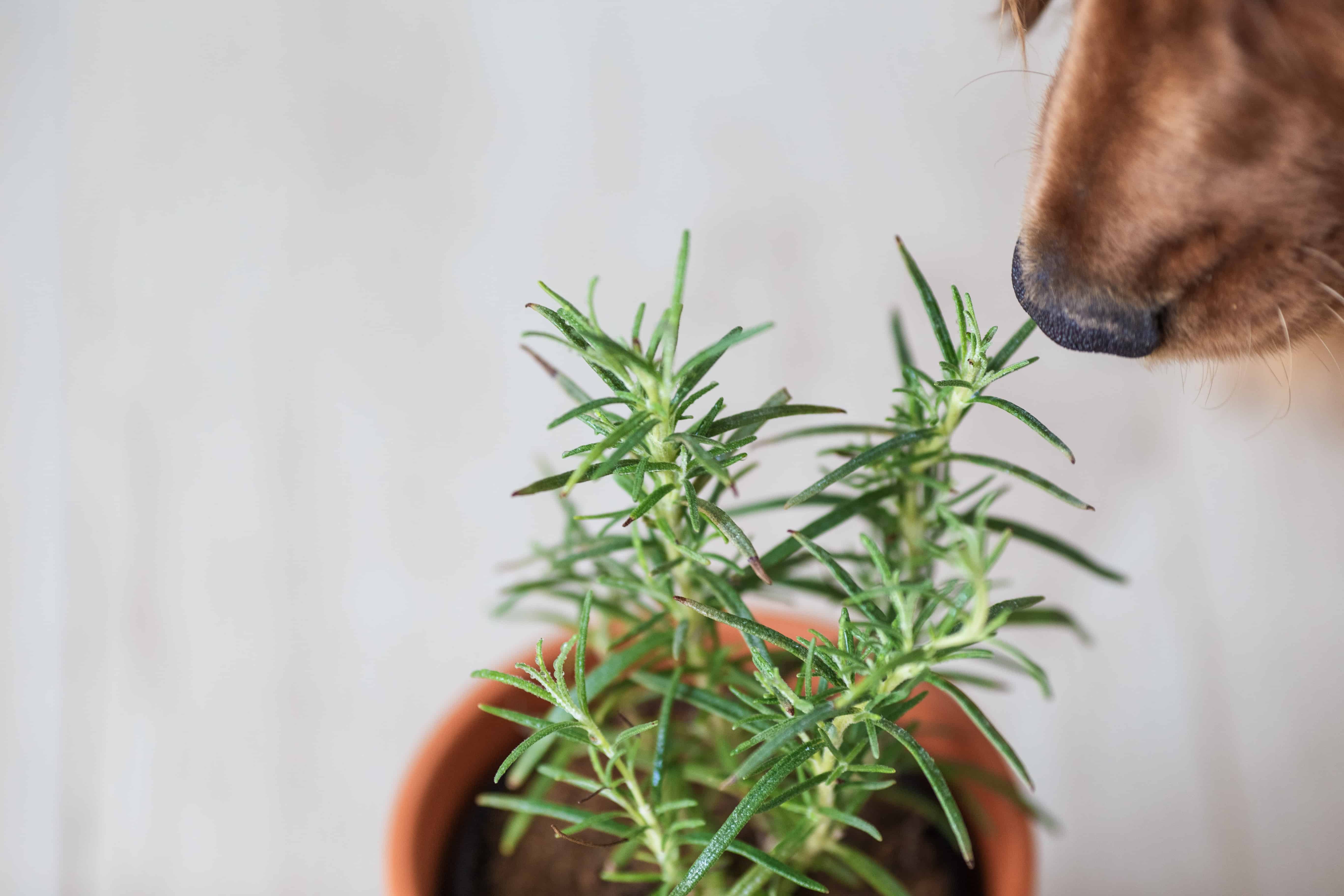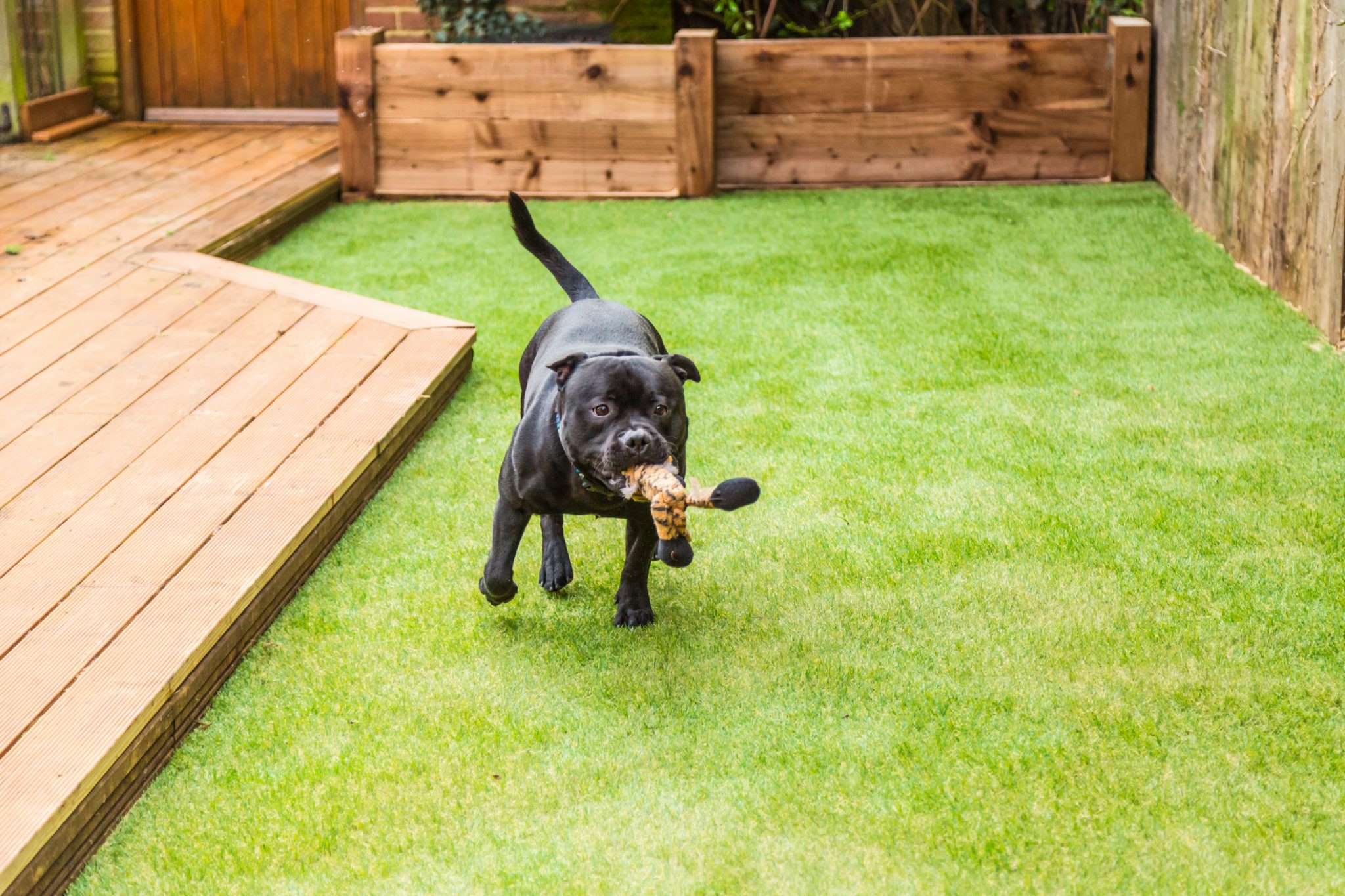Home>Gardening News and Trends>Latest News>Which Succulents Are Poisonous To Dogs
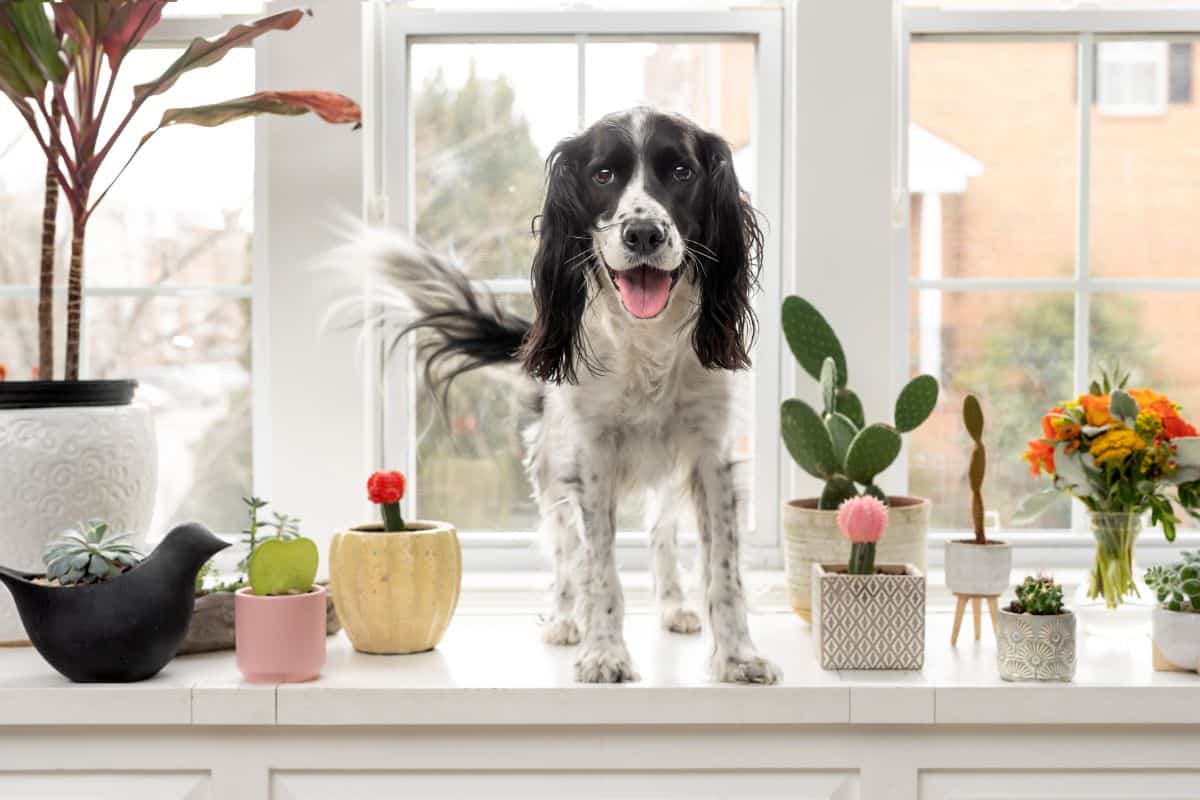

Latest News
Which Succulents Are Poisonous To Dogs
Published: December 27, 2023
Discover the latest news on succulents and learn which ones can be harmful to your furry friends. Find out which succulents are poisonous to dogs and how to keep them safe.
(Many of the links in this article redirect to a specific reviewed product. Your purchase of these products through affiliate links helps to generate commission for Chicagolandgardening.com, at no extra cost. Learn more)
Table of Contents
Introduction
Have you recently become a proud owner of a new succulent plant? While succulents are known for their beautiful and unique appearances, it’s important to be aware that not all succulents are safe for dogs. This may come as a surprise to many pet owners, as succulents are often considered low-maintenance and harmless. However, certain succulent species can be toxic to dogs if ingested, causing various health issues and potentially even life-threatening situations.
In this article, we’ll explore the topic of succulent toxicity in dogs, highlighting the common succulents that are known to be harmful and discussing the symptoms of succulent poisoning. We’ll also provide guidance on what you should do if your dog consumes a toxic succulent and share tips on how to prevent succulent poisoning in the first place.
Understanding the potential dangers that certain succulents pose to dogs is crucial for every responsible pet owner. By being well-informed, you can ensure the safety and well-being of your furry friends, all while enjoying the beauty of your succulent collection.
Understanding Succulents and Dogs
Succulents are a diverse group of plants that store water in their leaves, stems, or roots, allowing them to thrive in arid environments. They have gained popularity as houseplants due to their striking appearance and low maintenance requirements. Many succulents are safe for pets, including dogs, but there are certain species that can be toxic when ingested.
When it comes to succulent toxicity, it’s important to understand that different plants within the succulent family may have varying levels of toxicity. Some succulents contain compounds that can irritate a dog’s digestive system, while others can cause more severe reactions or even be fatal if ingested in large quantities.
As responsible pet owners, it is our duty to ensure the safety of our furry friends. It’s crucial to be able to identify the succulents that can pose a risk to our dogs and take necessary precautions to prevent any accidents or potential health issues.
While it’s impossible to provide an exhaustive list of toxic succulents, there are some well-known species that are worth mentioning. A few examples include:
- Aloe Vera: Aloe vera is a popular succulent known for its medicinal properties, but its gel and sap contain compounds that are toxic to dogs.
- Snake Plant: Also known as Sansevieria, the snake plant is toxic to dogs when ingested. It contains saponins, which can cause gastrointestinal distress.
- Jade Plant: While jade plants are generally safe for dogs, ingesting large amounts can cause vomiting, lethargy, and a slow heart rate.
- Euphorbia: Euphorbia succulents, such as the popular Euphorbia tirucalli (pencil cactus), contain toxic latex that can cause skin irritation and gastrointestinal issues if ingested.
- Kalanchoe: Certain species of kalanchoe, such as the Kalanchoe blossfeldiana (flaming Katy), contain cardiac glycosides that can significantly affect a dog’s heart function if consumed.
It’s important to note that this is not an exhaustive list, and there are many other succulents that may be harmful to dogs. If you have any doubts about the safety of a particular succulent, consult with your veterinarian.
Now that we have a better understanding of the potential risks that succulents can pose to dogs, let’s delve into the symptoms of succulent poisoning and what you can do if your dog consumes a toxic succulent.
Common Toxic Succulents for Dogs
While there are numerous species of succulents that can be toxic to dogs, it’s important to familiarize yourself with some of the more commonly found ones. Understanding the potential dangers associated with these succulents will help you take the necessary precautions to keep your furry friend safe.
1. Aloe Vera: Aloe vera is a popular succulent known for its healing properties, but its gel and sap contain compounds that can cause vomiting, lethargy, and diarrhea in dogs if ingested.
2. Snake Plant: Also known as Sansevieria, the snake plant is a common household succulent. It contains saponins, which can cause gastrointestinal upset, drooling, and nausea in dogs if consumed.
3. Jade Plant: The jade plant, also known as Crassula ovata, is a favorite succulent known for its resilience. While it is generally considered safe for dogs, ingesting large amounts can cause vomiting, depression, and slow heart rate due to the presence of toxins called bufadienolides.
4. Christmas Cactus: The Christmas cactus (Schlumbergera spp.) is a popular holiday plant, but it can be toxic to dogs if consumed in large quantities. Ingestion may cause gastrointestinal upset, such as vomiting and diarrhea.
5. Pencil Cactus: The pencil cactus, also known as Euphorbia tirucalli, contains a toxic latex sap that can cause skin irritation, nausea, vomiting, and diarrhea in dogs if ingested.
6. Flaming Katy: The Flaming Katy (Kalanchoe blossfeldiana) is a beautiful succulent often seen as a gift. However, it contains cardiac glycosides that can affect a dog’s heart rhythm, leading to weakness, lethargy, and in severe cases, even heart failure.
7. String of Pearls: The string of pearls, scientifically known as Senecio rowleyanus, is a unique succulent with bead-like leaves. Ingestion can cause gastrointestinal upset and potentially more serious symptoms, such as liver damage, due to the presence of toxic compounds known as bufadienolides.
Remember that this is not an exhaustive list, and there are other succulents that can be toxic to dogs. If you are unsure about the safety of a particular succulent, it’s always best to consult with your veterinarian.
Next, we will explore the symptoms of succulent poisoning in dogs and what immediate steps you should take if you suspect your dog has ingested a toxic succulent.
Symptoms of Succulent Poisoning in Dogs
When a dog ingests a toxic succulent, it can cause a range of symptoms that can vary depending on the specific plant, the amount consumed, and the dog’s size and sensitivity. It’s important to be able to recognize these symptoms so that you can take appropriate action in a timely manner.
1. Gastrointestinal Upset: One of the most common signs of succulent poisoning in dogs is gastrointestinal distress. This can manifest as vomiting, diarrhea, drooling, and abdominal pain. The severity of these symptoms can vary, ranging from mild to severe.
2. Loss of Appetite: If your dog suddenly loses interest in food or displays a decreased appetite, it could be a sign of succulent poisoning. The toxins in certain succulents can cause a loss of appetite or even complete refusal to eat.
3. Lethargy: Dogs that have ingested toxic succulents may become unusually lethargic or weak. They may appear tired or have a lack of energy, a sign that something may be affecting their overall well-being.
4. Changes in Behavior: Keep an eye out for any unusual changes in your dog’s behavior, such as restlessness, agitation, or depression. Poisoning can affect the nervous system, leading to behavioral changes.
5. Respiratory Problems: Some succulents, when ingested, can cause respiratory issues in dogs, such as coughing, wheezing, or difficulty breathing. These symptoms can range from mild to severe, depending on the toxicity of the plant and the dog’s individual sensitivity.
6. Changes in Urination: Toxic succulents can also affect a dog’s urinary system, leading to changes in urination patterns. This can include increased frequency, decreased output, or even blood in the urine.
It’s important to note that these symptoms can be indicative of other health issues as well, so it’s crucial to consider the context and any potential exposure to toxic succulents. If you suspect that your dog has ingested a toxic succulent and is displaying any of these symptoms, it’s essential to seek veterinary care immediately.
In the next section, we will discuss what steps you should take if you suspect your dog has consumed a toxic succulent.
What to Do if Your Dog Consumes a Toxic Succulent
If you suspect that your dog has consumed a toxic succulent, it’s crucial to take immediate action to ensure their safety. Here are the steps you should follow:
- Remove your dog from the area: If you catch your dog in the act of ingesting a toxic succulent, carefully remove them from the area to prevent further ingestion.
- Identify the succulent: Try to identify the specific succulent that your dog consumed. This information will be helpful for your veterinarian to provide appropriate treatment.
- Contact your veterinarian: Call your veterinarian immediately and describe the situation. Follow their instructions and let them know if your dog is showing any symptoms of toxicity.
- Observe and monitor your dog: While waiting for veterinary advice, closely observe your dog and document any symptoms they are experiencing. This will assist your veterinarian in assessing the severity of the situation.
- Do not induce vomiting: Contrary to popular belief, it is not recommended to induce vomiting unless specifically instructed by a veterinarian. Some succulents and their toxins can further irritate the esophagus on the way back up.
- Follow veterinary recommendations: Your veterinarian may ask you to bring your dog in for an examination or provide instructions on how to manage the situation at home. Follow their recommendations closely for the best possible outcome.
- Maintain a calm environment: Keep your dog in a calm, quiet environment to help minimize any stress or anxiety. This will aid in their recovery process.
- Prevent future incidents: Take steps to prevent future instances of succulent poisoning by keeping toxic succulents out of your dog’s reach. Consider placing them in high areas or using barriers to restrict access.
Remember, every situation is unique, and the best course of action will be determined by your veterinarian. It’s important not to delay seeking professional advice when dealing with a potentially toxic situation.
Next, we will discuss some preventive measures you can take to minimize the risk of succulent poisoning in your dog.
Preventing Succulent Poisoning in Dogs
Prevention is key when it comes to keeping your furry friend safe from succulent poisoning. By taking a few proactive measures, you can significantly minimize the risk of your dog ingesting toxic succulents. Here are some preventive steps you can take:
- Research plant toxicity: Before bringing any new succulents into your home, research their toxicity levels. Make sure to check if they are safe for dogs and consult reputable sources or your veterinarian for accurate information.
- Choose pet-friendly succulents: Opt for succulents that are known to be safe for pets. Some popular dog-friendly succulents include Haworthia, Hens and Chicks (Sempervivum), and Echeveria.
- Secure your succulents: Keep your succulents in areas that are inaccessible to your dog. Consider placing them on high shelves or using window sills that your dog cannot reach.
- Use barriers: If you have succulents planted in your garden, consider using barriers or fences to prevent your dog from accessing the area. This will help avoid accidental ingestion.
- Supervise outdoor activities: If your dog enjoys spending time outdoors, monitor their activities and ensure they don’t have access to potentially harmful succulents or other toxic plants.
- Teach leave it and drop it commands: Train your dog to respond to the “leave it” and “drop it” commands. This will help prevent them from approaching or ingesting anything potentially dangerous, including succulents.
- Provide alternative chewing options: Dogs often chew on plants out of boredom. Offer safe and appropriate chew toys or treats to redirect their chewing behavior.
- Keep toxic plants out of reach: It’s not just succulents—many other common houseplants can be toxic to dogs. Therefore, make sure all potentially harmful plants are kept out of your dog’s reach.
- Monitor indoor plants: Regularly inspect your indoor plants to ensure they remain intact and haven’t been nibbled on by curious pets. Remove any damaged or wilted parts immediately.
- Stay vigilant: Continuously educate yourself about the toxicity of plants and keep an eye out for new information. Stay updated on any potential risks to pet health related to succulents.
By following these preventive measures, you can create a safe environment for your dog and enjoy the beauty of succulents without worrying about potential toxicity.
In summary, being aware of the succulents that are toxic to dogs, recognizing the symptoms of succulent poisoning, and taking prompt action are all essential for the well-being and safety of your furry friend.
If you suspect that your dog has ingested a toxic succulent or is displaying any signs of poisoning, contact your veterinarian immediately. They will provide the necessary guidance and treatment to ensure the best possible outcome.
Conclusion
As pet owners, it’s our responsibility to create a safe environment for our dogs, and this includes being aware of the potential hazards of certain succulents. While many succulents are safe for dogs, there are several common species that can be toxic if ingested in large quantities. Understanding the risks associated with these plants and taking preventive measures is crucial for keeping our furry friends safe.
In this article, we explored the topic of succulent toxicity in dogs. We discussed some common succulents that are known to be toxic, such as aloe vera, snake plant, and jade plant. We also highlighted the symptoms of succulent poisoning, including gastrointestinal upset, lethargy, and respiratory problems.
If you suspect that your dog has consumed a toxic succulent, it’s important to act quickly. Contact your veterinarian for guidance and follow their recommendations. Avoid inducing vomiting unless instructed by a professional, and observe your dog closely for any changes in behavior or symptoms.
Prevention is key when it comes to succulent poisoning. By researching plant toxicity, choosing pet-friendly succulents, securing your plants, and supervising your dog’s outdoor activities, you can greatly reduce the risk of accidental ingestion. Teaching your dog commands like “leave it” and “drop it,” providing appropriate chew toys, and monitoring indoor plants are also essential steps in creating a safe environment.
Remember, if you’re ever uncertain about the safety of a specific succulent or if your dog shows any signs of poisoning, consult with your veterinarian. They can provide the best advice tailored to your dog’s specific situation.
By being vigilant, well-informed, and proactive, you can enjoy the beauty of succulents while keeping your beloved pets safe and healthy.

